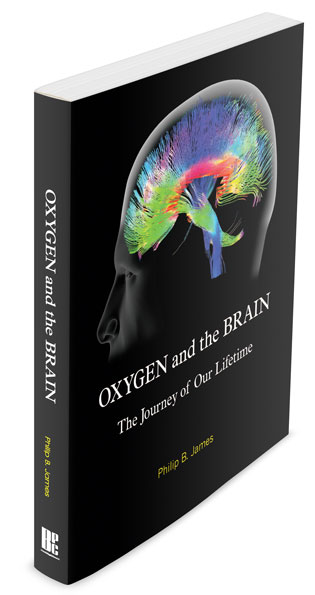A startling vindication of Cunningham’s assertion that a modest increase in pressure improves health has come from a study in Israel of patients with advanced lung disease, published in the journal Chest in 1996.17 The patients who were all receiving supplemental //www.bestpub.com/oxygen in Jerusalem were taken down to the Dead Sea to see if they would benefit from the higher level of //www.bestpub.com/oxygen in the denser air. Jerusalem is 2,600 feet (800 metres) above sea level, and the Dead Sea is 1,300 feet (402 metres) below sea level, giving a total reduction in altitude of about 3,900 feet (1,200 metres). On the satellite image (see the photo above), which shows the Red Sea's Gulf of Suez and Gulf of Aqaba, the Dead Sea is the stretch of water on the right below the Mediterranean.
The general health of the patients improved with better quality sleep, and they were able to walk significantly further, despite the fact that the use of supplementary //www.bestpub.com/oxygen in Jerusalem actually increased their blood //www.bestpub.com/oxygen values considerably above those achieved by being at the Dead Sea. Why, then, did the patients benefit so much more, despite the denser air at the lower altitude is harder to breathe? The answer may lie in the fact that at the Dead Sea, the patients were breathing a higher level of //www.bestpub.com/oxygen all the time whether they were awake or asleep. Patients rarely tolerate the constant use of //www.bestpub.com/oxygen masks or nasal spectacles, especially during the night. When we are asleep we all stop breathing, albeit for a short time. As a result the //www.bestpub.com/oxygen blood content falls, and the delivery of //www.bestpub.com/oxygen to the tissues decreases. As the normal leakage of water from capillaries and small veins increases when the //www.bestpub.com/oxygen level breathed falls, the tissues of the body become slightly swollen, although not enough to see with the naked eye. This “micro” tissue problem exacerbates chronic inflammation, and may not have been reversed by breathing supplementary //www.bestpub.com/oxygen just during the daytime in Jerusalem. In contrast, the additional //www.bestpub.com/oxygen associated with the increased air pressure at the Dead Sea was breathed 24 hours a day, avoiding intermittent reductions of //www.bestpub.com/oxygen level as when patients remove the nasal spectacles to eat and to sleep. The researchers found the evidence to support this suggestion; the patients maintained better //www.bestpub.com/oxygen values sleeping at the Dead Sea than when they were in Jerusalem. (The median haemoglobin //www.bestpub.com/oxygen saturation increased from 85% to 95%, and the percentage of sleep time with a saturation above 90% almost doubled, increasing from a median of 24% to 73%.) It is very important to note that the benefits of the very modest increase in the level of //www.bestpub.com/oxygen breathed at the Dead Sea unexpectedly lasted for several weeks after the patients returned to Jerusalem. Dr. Cunningham had been right and the naysayers, including many now involved in hyperbaric medicine, have been proved wrong.
References: Oxygen and the Brain: The Journey of Our Lifetime by Philip B. James. Best Publishing Company, 2014.
17. Kramer MR, Springer C, Berkman N, et al. Rehabilitation of hypoxemic patients with COPD at low altitude at the dead sea, the lowest place on earth. Chest 1998;113:571-575.
 |
Disclaimer: The opinions expressed in this work are those of the author(s) and do not reflect the opinions of Best Publishing Company or its Editors. Information contained in this work has been obtained by Best Publishing Company from sources believed to be reliable. However, neither Best Publishing Company nor its authors guarantees the accuracy or completeness of any information published herein and neither Best Publishing Company nor its authors shall be responsible for any errors, omissions, or claims for damages, including exemplary damages, arising out of use, inability to use, or with regard to the accuracy or sufficiency of the information contained in this publication. No responsibility is assumed by the Publisher or Editors for any injury and/or damage to persons or property as a matter of product liability, negligence, or otherwise, or from any use or operation of any methods, product, instructions, or ideas contained in the material herein. No suggested test or procedure should be carried out unless, in the reader’s judgment, its risk is justified. Because of rapid advances in the medical sciences, we recommend that the independent verification of diagnoses and drug dosages should be made. Information in this publication is current as of the date of the printing. All rights reserved. No part of this work may be reproduced, stored in a retrieval system, or transmitted in any form or by any means, electronic, mechanical, photocopying, recording, or otherwise, without written permission from the publisher.